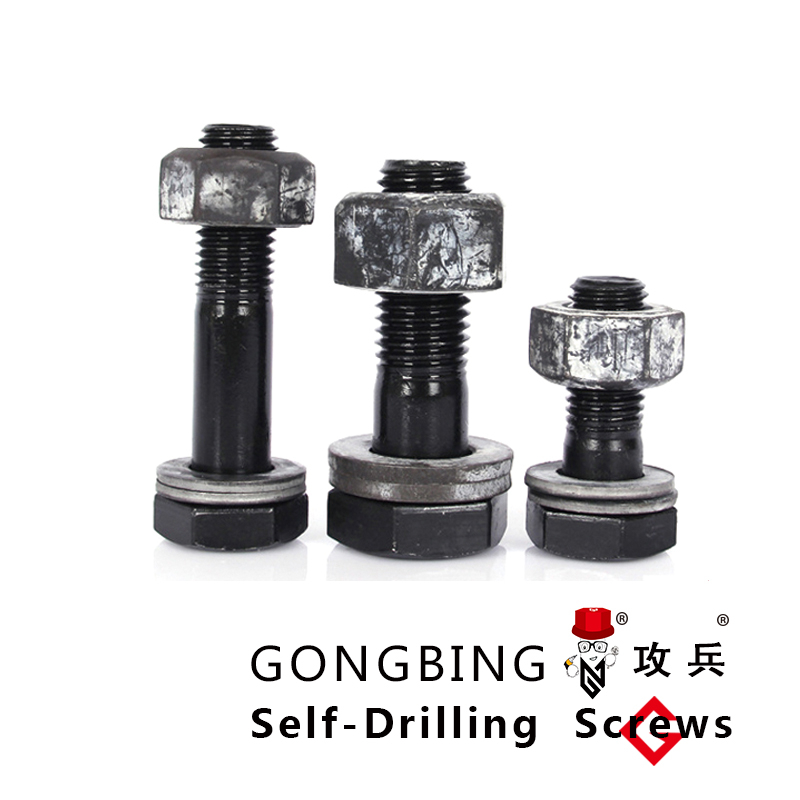Exploring the Effectiveness of Cross Bracing in Enhancing Steel Structure Stability
Cross Bracing in Steel Structures Enhancing Stability and Strength
Cross bracing is a design technique widely used in steel structures to enhance stability and increase load-bearing capacity. This method involves the installation of diagonal members in a framework, which effectively transfers lateral loads and improves the overall sturdiness of the structure. This article explores the significance of cross bracing, its applications, benefits, and considerations in modern engineering.
Understanding Cross Bracing
Cross bracing typically consists of two opposite diagonal members that intersect in the middle, forming an 'X' shape between vertical and horizontal structural elements. By connecting the main structural components through these diagonal braces, cross bracing helps to distribute stress and stabilize the framework against lateral forces, such as wind or seismic activity.
In many cases, cross bracing is constructed using steel rods or tubes due to their strength and durability. These materials can withstand significant tension and compression, making them ideal for high-rise buildings, bridges, and industrial facilities where stability is paramount.
Applications in Steel Structures
1. High-Rise Buildings One of the most notable applications of cross bracing is in the construction of skyscrapers. As buildings rise higher, they become more susceptible to wind forces. Cross bracing acts as a restraint against swaying, maintaining structural integrity.
2. Bridges In bridge design, cross bracing is crucial for maintaining load distribution. It helps to manage the forces encountered during significant changes, such as the additional weight of vehicles or environmental impacts, ultimately preventing structural failure.
3. Industrial Buildings Many warehouses and factories utilize cross-braced frames to ensure a spacious interior layout without the need for excessive columns. This design approach maximizes usable space while providing necessary strength to withstand various loads.
4. Sports Facilities Stadiums and sports arenas often incorporate cross bracing in their designs. The large open spaces and seating arrangements necessitate a robust framework, which is efficiently achieved through cross-braced support systems.
Benefits of Cross Bracing
1. Enhanced Load Capacity Cross bracing significantly increases the load-carrying capacity of structures. This enhancement allows for the inclusion of heavier materials and equipment, making buildings more versatile and capable.
cross bracing in steel structures

2. Cost-Effectiveness While the initial cost of materials may be higher, cross bracing can reduce long-term expenses by minimizing the need for additional support structures, thus lowering overall construction and maintenance costs.
3. Improved Stability Cross bracing provides increased lateral stability, which is particularly vital in earthquake-prone areas or regions subjected to high winds. Structures with effective bracing systems are far less likely to experience catastrophic failure during extreme weather events.
4. Design Flexibility Engineers can employ cross bracing in various configurations and styles, allowing for innovative architectural designs that maintain aesthetic appeal while ensuring safety and functionality.
Considerations in Design
While cross bracing offers numerous benefits, there are important considerations to keep in mind during the design process
- Material Selection Choosing the appropriate materials is crucial for ensuring the effectiveness of cross bracing. The properties of steel, such as tensile strength and ductility, play a vital role in overall performance.
- Installation Techniques Proper installation is essential to maximize the efficacy of cross bracing. Misalignment or insufficient anchoring can lead to failure under load.
- Natural Movement Structures must account for natural movements, including temperature changes and differential settling. Engineers should design cross-bracing systems that can accommodate such variations to prevent unwanted stress on the structure.
- Aesthetic Integration While functionality is critical, the visual impact of cross bracing should not be overlooked. Designers must balance structural integrity with architectural vision, ensuring that the braces complement rather than detract from the overall design.
Conclusion
Cross bracing plays a fundamental role in modern steel construction, enhancing the structural stability and load capacity of various buildings and infrastructures. Its application in high-rise buildings, bridges, and industrial facilities has proven invaluable in addressing the challenges of lateral forces. As architects and engineers continue to innovate, cross bracing will remain a cornerstone in the realm of structural design, ensuring safety and resilience in an ever-evolving architectural landscape. With careful consideration of materials, techniques, and aesthetics, cross bracing can significantly contribute to the durability and longevity of steel structures.
-
Weatherproof Plastic Expansion Anchors for OutdoorNewsJun.06,2025
-
Sustainability in the Supply Chain: Eco-Friendly TEK Screws ProductionNewsJun.06,2025
-
Load-Bearing Capacity of External Insulation FixingsNewsJun.06,2025
-
Double Head Bolts: Enhancing Efficiency in Industrial MachineryNewsJun.06,2025
-
Corrosion Resistance in Chipboard Screws: Coatings for Wholesale DurabilityNewsJun.06,2025
-
Butterfly Toggle Bolts : Enhancing Structural ResilienceNewsJun.06,2025
